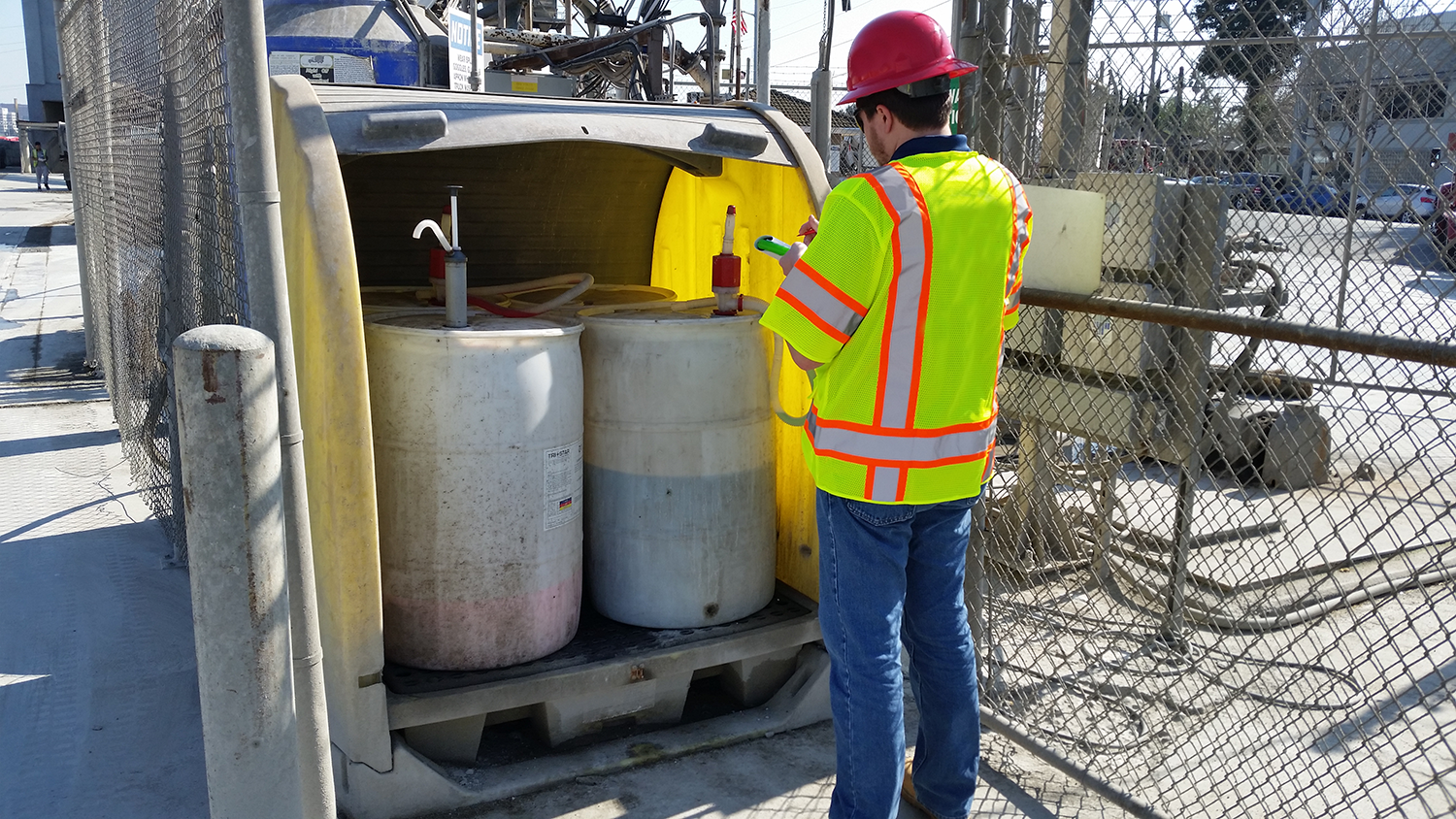A Phase I Environmental Site Assessment (ESA) is a type of environmental investigation conducted before a property transaction is completed. This type of investigation generally evaluates the potential for environmental contamination and may include a preliminary assessment of the system’s environmental contamination.
A Phase 1 environmental scan appraisal can be useful when determining whether there have been environmental or safety complications at a specific property. This information can help both buyers and vendors protect themselves in real estate transactions.
Phase I Environmental Site Assessment Details
Phase 1 Environmental Site Assessment (ESA) is also known as this assessment. With that, environment research is conducted to create a summary of the present and historical uses of the property. These assessments are integral parts of commercial real estate transactions. The report on the groundwater or soil beneath the property will be assessed if this could threaten public health and the public interest.
The inspector’s findings could result in liability issues for the real estate lender or borrower. Additionally, the home’s property value could decrease. However, when an environmental site assessment is conducted before the closing of a property contract, it often satisfies the mandates under CERCLA (Comprehensive Environmental Response, Compensation, and Liability Act).
These reports can be completed on many types of properties, such as:
- Multi-family residences
- Commercial buildings
- Industrial sites
- Agricultural properties
- Vacant lots
What Does a Phase I ESA Cover?
When you’ve gone through a Phase I ESA in your land, the process will incorporate several distinct steps. First, the assessor goes to your site. That permits inspection of both the present and past conditions of your property.
After learning the local, state, tribal, and federal grant databases, it is possible to obtain the locations of aboveground storage tanks (ASTs) or underground storage tanks (USTs). These tanks may emit hazardous substances into the ground.
Why Is the Phase I ESA Important?
This Phase I evaluation protects the site’s liability, especially in commercial real estate purchases. A thorough Phase I ESA is crucial for the due diligence procedure in the environment. Along with that, the Phase I ESA accumulates any historic or current problems connected with the real estate.
A Phase I Environmental Site Assessment (ESA) also identifies past land uses that are known to have a potentially negative impact on the environment. If a site was also used for a gas station, dry cleaner, or other similar industrial activity that had a major environmental impact, it could affect the property’s environment for many years afterward.
What Happens After the Phase I ESA Is Completed?

After the Phase I ESA is done, you may be done with all the assessments. But, this depends on the results of the report. Sometimes, the transaction specifications for the property need Phases 2 or 3 inspection. If there was any evidence of potential contamination, then a Phase 2 exam will be completed.
On top of that, some government agencies and lending institutions may ask for more in-depth due diligence reports. Some of these reports may include additional documentation.
- American Land Title Association Survey
- Hazardous Materials Survey
- Probable Maximum Loss Report
- Property Condition Assessment (PCA)
- Soil Testing
What Is the Difference Between Phase 2 and Phase 3 ESA Assessments?
When a contaminant is found on your property, a Phase 2 ESA assessment should be performed. The report assesses whether there are hazardous substances or petroleum products affecting your personal property. Unless otherwise stated, trained and licensed engineers and geologists will likely carry out these tests. Samples will be collected from the ground and examined for any traces of these substances.
A Phase 2 ESA assessment will report on the regulatory and geological surroundings of a property as well as on the chemical and geological composition of that site. In addition, the results of all inspections will be compiled and analyzed in a report.
In conclusion, a Phase I ESA, known as the initial environmental site assessment, is by its very nature preliminary. A Phase I ESA is designed to identify all recognized environmental conditions in a residential, commercial or industrial site. The Phase I ESA is the first step to determining the ecological and/or physical site conditions at the subject property and will help identify existing environmental conditions that could be used as indicators for further action.
